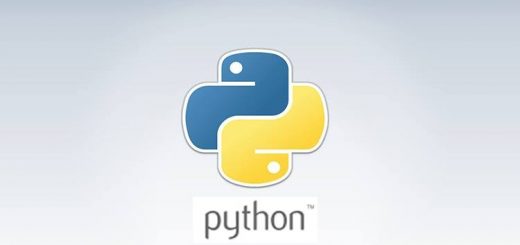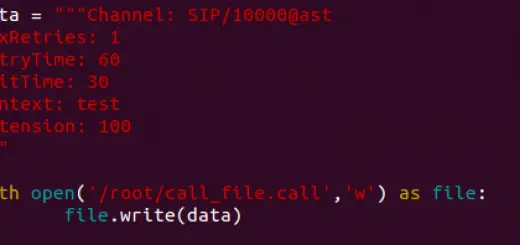Introduction to Programming Languages
Let’s discuss programming languages.

What is Programming and Programming Languages:
If you are visiting this page means you are already using some sort of computer program to access this page. A computer program is a set of instructions that the computer can perform in order to perform some task. The task can be anything, the task can be as simple as writing a note into the notepad to creating a game.
The process of creating a program is called programming. We have different types of programming languages to develop different applications. Programmers typically create programs by producing source code, which is a list of commands typed into one or more text files. Depending upon the application requirement programmers use different varieties of programming languages.
For example, to develop operating systems, people tend to use C/C++ programming languages. Similarly for developing web applications, people use Javascript, etc.
You can create a program by writing a set of instructions into a text file. These instructions are executed sequentially by the computer hardware. This process is called executing or running a program.
Programmers usually program in high-level languages such as C++, Java, and Python, etc. But computer hardware won’t understand these high-level programs. Computer hardware specifically the processor that runs our program only understands the 0’s and 1’s (binary values).
This sequence of zeros and ones also called binary numbers or Machine language. The computer processor only understands machine language.
Machine Language :
|
1 |
10110100 0100100 |
Machine language seems quite simple, given that there are only zeros and ones but it has a lot of details and is very hard to read and understand. Not many programmers are written machine language except the programmer in the early days of computers.
The problem with the machine language is it is hardware dependent, which means if you write a machine program for one hardware, It won’t work on other hardware. This is primarily due to the instruction set of CPU. different CPUs have different instruction sets, that is the reason if you write a program using one instruction set, that same program won’t work on other CPUs. So programs written in machine language are not Portable.
High-Level Programming Language:
|
1 |
print("Hello world") |
Programming languages you have heard so far like C++, Java, Python, and Javascript are high-level programming languages. which are mostly similar to English, So we can easily understand and maintain them. And these languages are also portable languages.
Instead of writing programs in Machine language, we build various translators to allow programmers to write in high-level languages like Python or JavaScript and these translators convert the programs to machine language for actual execution by the CPU
These programming language translators fall into two general categories:
- Compilers
- Interpreters
In the next post, we will learn more about compilers and Interpreters.



